Excursion route
Shakudani stone route Female history buffs can relish their romantic imagination for history.3-hour course (on foot)
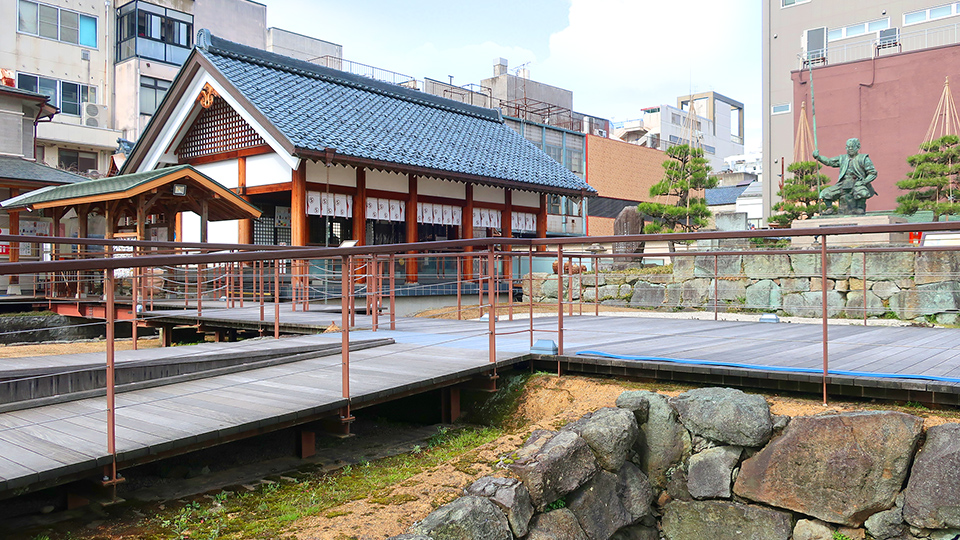
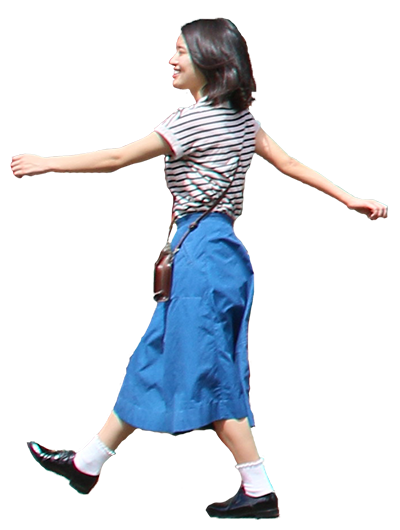
photo:Ruins of Kitanosho Castle
-
1Fukui Sta.
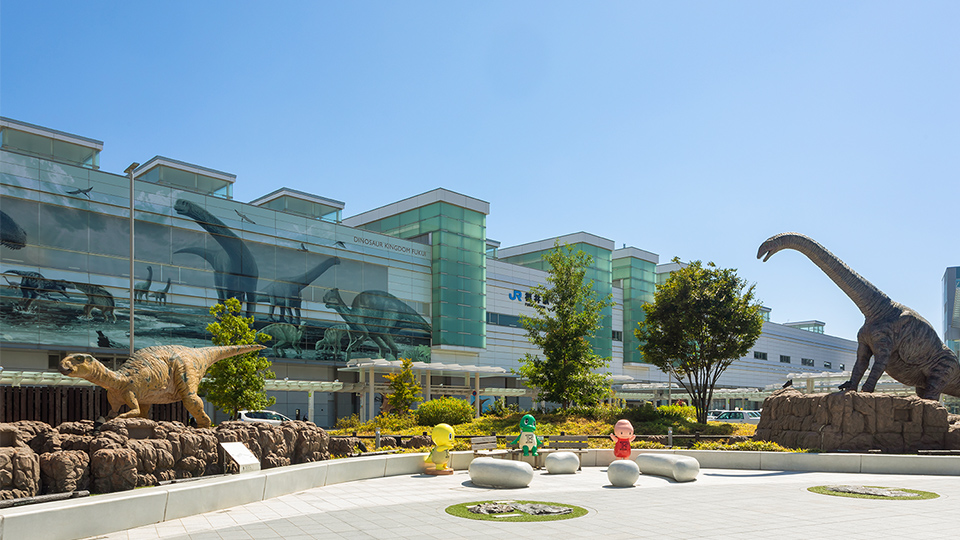 In front of Fukui Station, three life-sized robots of dinosaurs called Fukuiraptor, Fukuisaurs and Fukuititan that lived in Fukui in ancient times and moves like real dinosaurs are established as monuments.
In front of Fukui Station, three life-sized robots of dinosaurs called Fukuiraptor, Fukuisaurs and Fukuititan that lived in Fukui in ancient times and moves like real dinosaurs are established as monuments.
8 minutes on foot
-
2Ruins of Fukui Castle
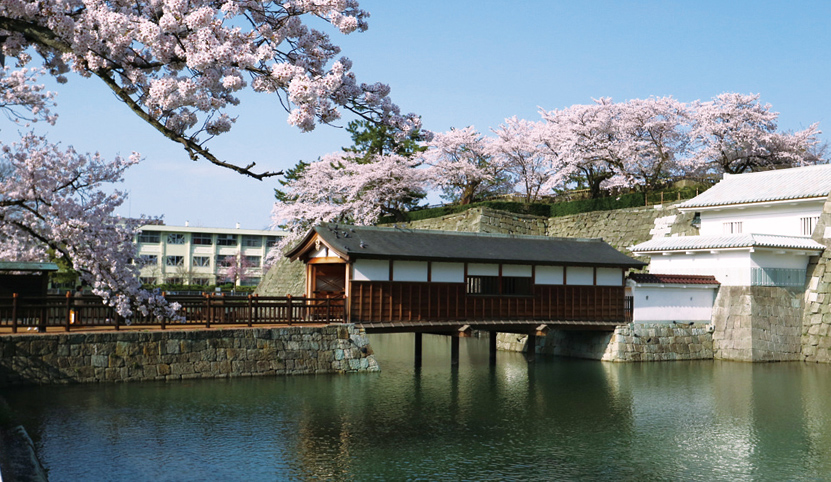 Fukui Castle was built by Yuki Hideyasu, Fukui’s first lord of the Edo Period. The main citadel, which once stood on the grounds we see today, was surrounded by a quadruple moat, as well as secondary fortifications at Ninomaru and Sannomaru. The high stone walls that protected this castle were made with meticulously cut and stacked shakudani stone blocks, each carved to be roughly the same size. This colorful stone was also used to create the castle’s irrigation ditches, cornerstones, and tiles.
Fukui Castle was built by Yuki Hideyasu, Fukui’s first lord of the Edo Period. The main citadel, which once stood on the grounds we see today, was surrounded by a quadruple moat, as well as secondary fortifications at Ninomaru and Sannomaru. The high stone walls that protected this castle were made with meticulously cut and stacked shakudani stone blocks, each carved to be roughly the same size. This colorful stone was also used to create the castle’s irrigation ditches, cornerstones, and tiles.
12 minutes on foot
-
3Ruins of Kitanosho Castle
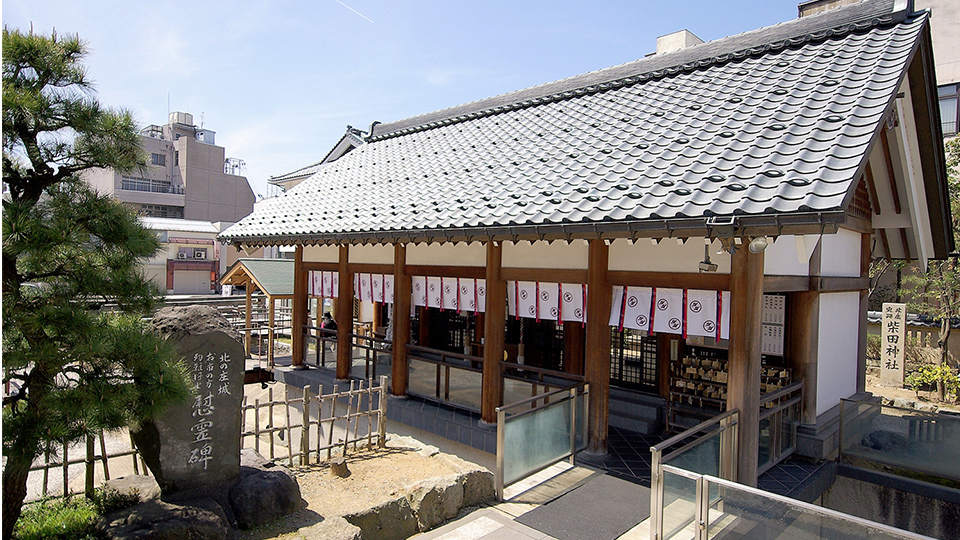 After the castle town at Ichijodani was destroyed, incoming warlord Shibata Katsuie decided to move the provincial capital to Kitanosho, in modern-day downtown Fukui City. Its location near Mt. Asuwayama meant that the native shakudani stone mined there would become a popular construction material for the new town. Kitanosho Castle itself had its walls and tiles made from this stone. Although the castle was soon destroyed in battle, its building methods and materials were used to construct nearby Fukui Castle.
After the castle town at Ichijodani was destroyed, incoming warlord Shibata Katsuie decided to move the provincial capital to Kitanosho, in modern-day downtown Fukui City. Its location near Mt. Asuwayama meant that the native shakudani stone mined there would become a popular construction material for the new town. Kitanosho Castle itself had its walls and tiles made from this stone. Although the castle was soon destroyed in battle, its building methods and materials were used to construct nearby Fukui Castle.
13 minutes on foot
-
4A cherry-tree-lined path along the Asuwa river (right bank) and Tsukumo Bridge
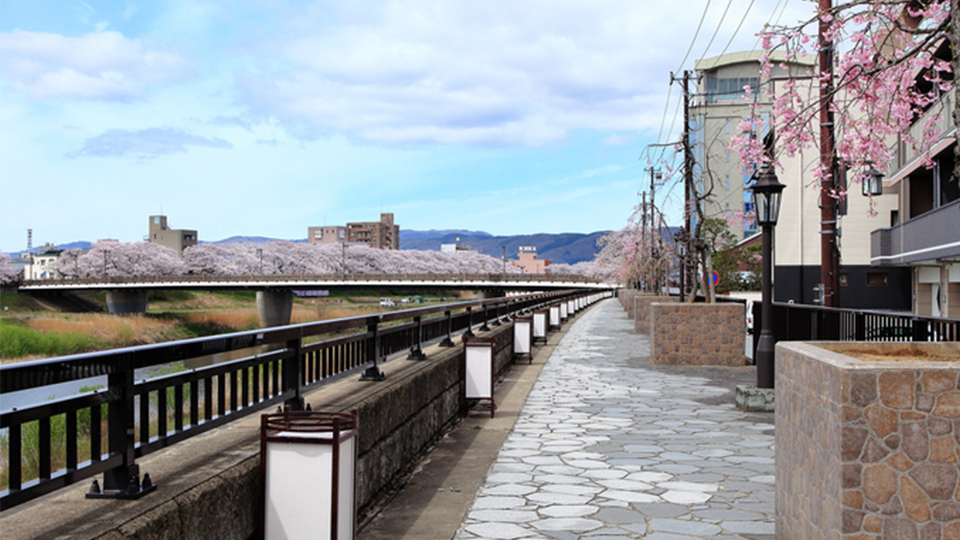 Built by the powerful Shibata Katsuie during his brief reign as Fukui’s warlord, this bridge spanned the Asuwagawa River as part of the old Hokuriku Road network. It was famous during the Edo Period for its unique half-stone, half-wood construction method, with the bridge’s southern half made of shakudani stone, and its northern half made of wood. There are many theories as to why this was, and the bridge was a popular subject for study in the past. For most of the Edo Period this was the river’s only bridge, and a pier built on the river’s northern bank carried goods to and from the coastal town of Mikuni.
Built by the powerful Shibata Katsuie during his brief reign as Fukui’s warlord, this bridge spanned the Asuwagawa River as part of the old Hokuriku Road network. It was famous during the Edo Period for its unique half-stone, half-wood construction method, with the bridge’s southern half made of shakudani stone, and its northern half made of wood. There are many theories as to why this was, and the bridge was a popular subject for study in the past. For most of the Edo Period this was the river’s only bridge, and a pier built on the river’s northern bank carried goods to and from the coastal town of Mikuni.
7 minutes on foot or 2 minutes by car
-
5Landscape around Mt. Asuwa (Atagozaka)
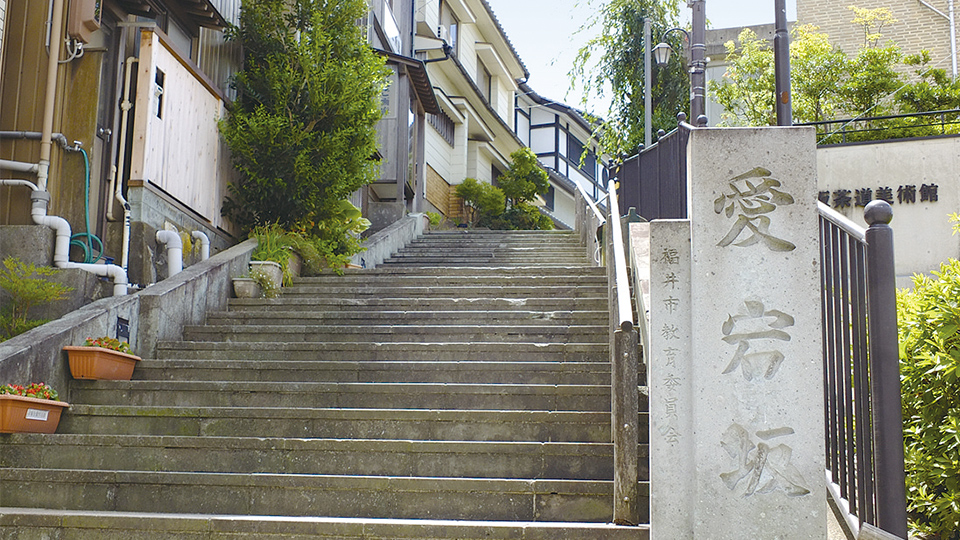 AtagozakaIn olden times, worshippers ascending to the top of Mt. Asuwayama had one path up the mountain. In the late Edo Period, a textile dealer named Yoshibei Matsuokaya solicited donations to improve the trail by building stairs out of shakudani stone. At that time, the area was lively, with restaurants flanking the old road and a nearby hermitage built by world-renowned poet Akemi Tachibana. Renovations during the Heisei period included even more shakudani stonework, giving Atagozaka an even more dignified air.
AtagozakaIn olden times, worshippers ascending to the top of Mt. Asuwayama had one path up the mountain. In the late Edo Period, a textile dealer named Yoshibei Matsuokaya solicited donations to improve the trail by building stairs out of shakudani stone. At that time, the area was lively, with restaurants flanking the old road and a nearby hermitage built by world-renowned poet Akemi Tachibana. Renovations during the Heisei period included even more shakudani stonework, giving Atagozaka an even more dignified air.
20 minutes on foot or 7 minutes by car
-
6Fukui Sta.
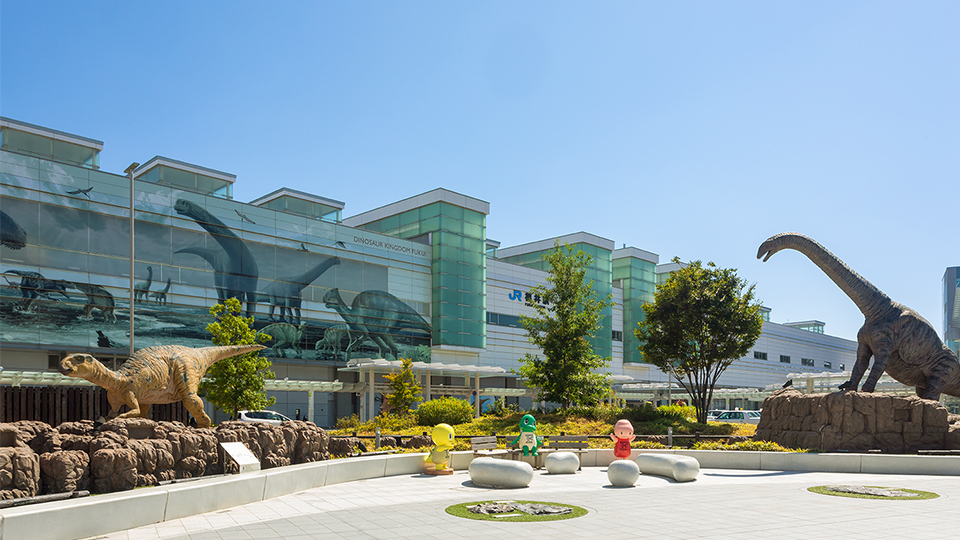
 Gourmet info & attractive spots with hands-on experience around here
Gourmet info & attractive spots with hands-on experience around here
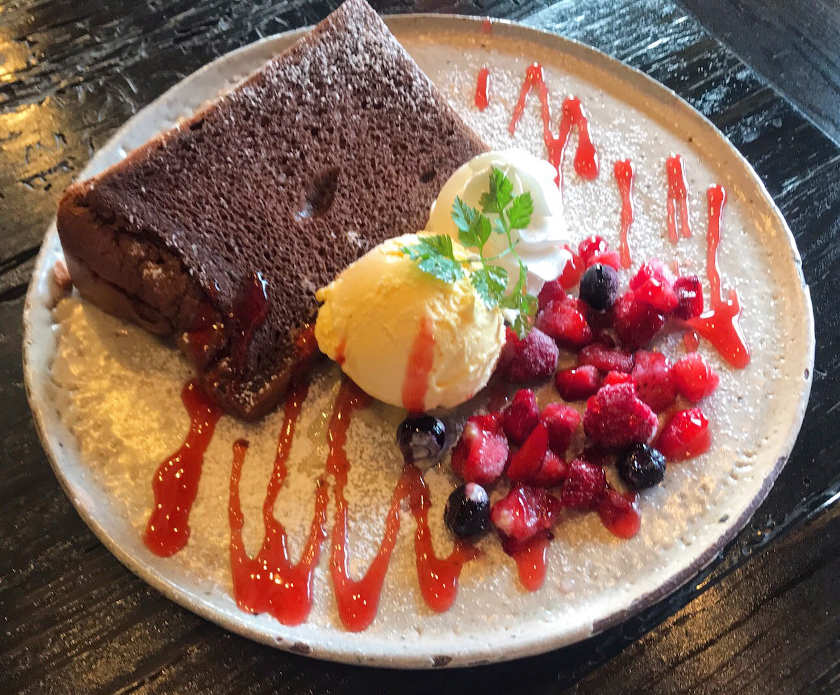
café
snowcafe Baisen Kobo (a coffee shop serving coffee and chiffon cake)
31-21 Arakishinbo-cho, Fuku City, Fukui Prefecture
